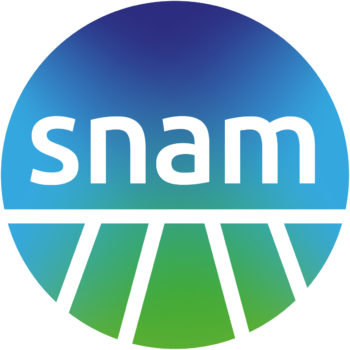Snam

Snam
What Snam says about its journey towards integrated reporting
“Providing a clear reference for illustrating the value created in the short, medium and long term, means allowing investors to allocate their resources productively and efficiently.” Snam on integrated reporting in Annual Report Times (November 2016)
We think that integrated reporting helped embed integrated thinking throughout the organisation, enhancing dialogue and collaboration between different functions. We believe that the process satisfies, in a more comprehensive and integrated way, requests from the market, the authorities and the public for clearer, more transparent and “linked” information from the company. The integrated report enables stakeholders to better understand how the Snam group creates value for the society in which it operates, and the challenges that the group has to tackle.
SNAM’s integrated reports
Our reports, prepared in compliance with the IIRC’s International <IR> Framework, combine financial information with sustainability content and highlight the existing connections between the environment outside the Group, the Group’s strategy, the business model, the allocation of financial and non-financial resources, integrated risk management and the adoption of a rigorous governance system.
To date Snam have published five integrated reports (released in the Directors’ Report inside the Annual Report).
Read Snam’s Annual Report 2019 here.
About SNAM
With about 2,900 people, Snam is active in natural gas transportation (Snam Rete Gas), storage (Stogit) and regasification (Gnl Italia).
First in Europe by transport network size (over 32,500 km in Italy, about 40,000 with international subsidiaries) and natural gas storage capacity (16.7 billion cubic metres in Italy, about 20 billion with international subsidiaries), Snam manages the first liquefied natural gas (LNG) plant built in Italy and it is a shareholder of the country’s main terminal.
Snam’s business model is based on sustainable growth, transparency, promotion of talents, and development of local areas by dialoguing with communities. It fosters sustainable mobility, expands its business into energy efficiency, and invests in biomethane and innovative technologies to increase the use of renewable gas as a key resource for the green economy.
